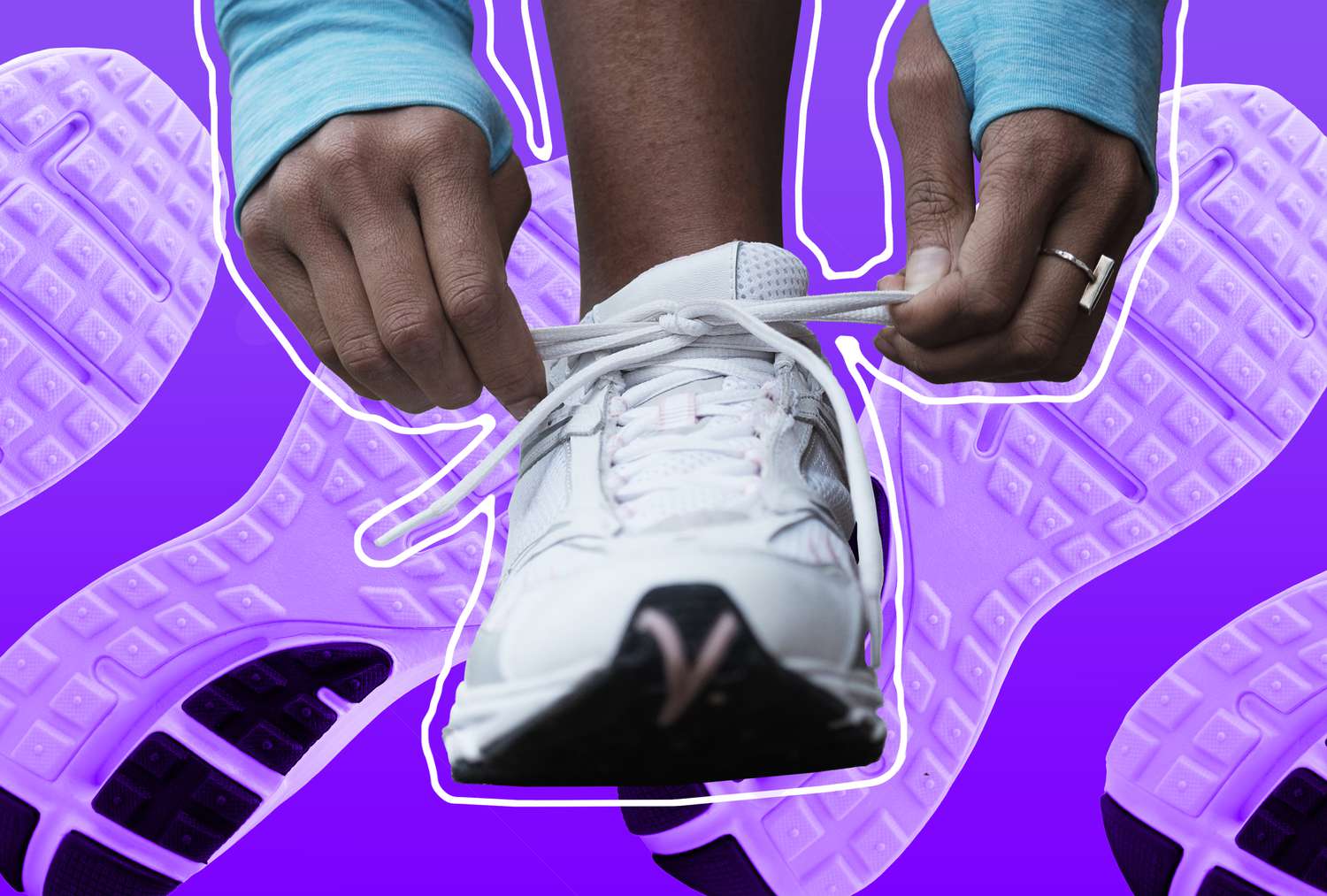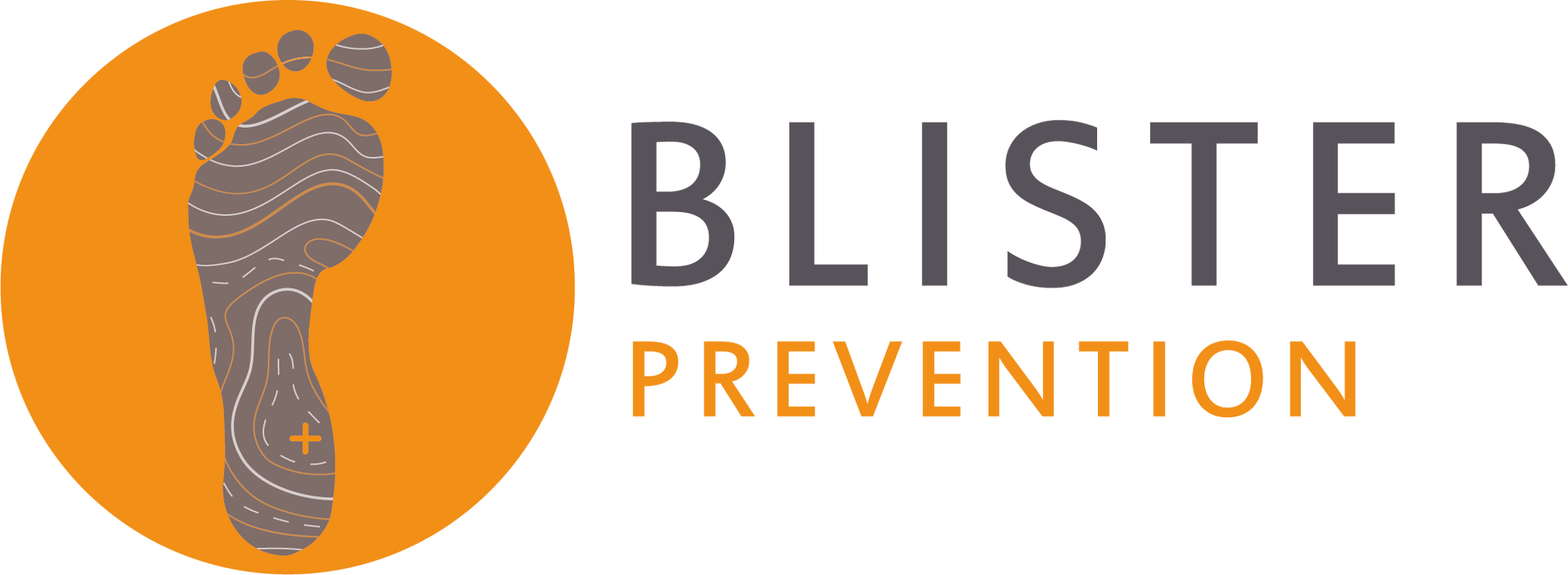- Time of past OR future Camino
- 2017, 2018, 2019, 2025
There have been a number of recent posts regarding the size and fit of shoes, so I thought I would repost this guide I wrote and have previously posted. Hope that it helps.
----------------------------------------------------------------------------
The most important theme for achieving a proper fit is: You do not choose a shoe based on measurements, you buy a shoe based on its Fit N Feel regardless of instrument measurements.
----------------------------------------------------------------------------
The most important theme for achieving a proper fit is: You do not choose a shoe based on measurements, you buy a shoe based on its Fit N Feel regardless of instrument measurements.
- When you go to the store, do so toward the end of the day.... you will have been up on your feet, so that will help with getting the correct fit. Additionally, you will need to wear the same backpack with the same gear you will be carrying... you want this additional weight on you as this will put the same downward pressure on the foot that you will be having while on Camino.
- Wear the exact same sock(s) you will be wearing while you are walking on the Camino. And if you have a special insole or orthotic, bring it with you.
- At the store, the measuring that will be done on your feet is only to get you in the ballpark for the correct shoe size.
- Start by standing up; never measure while sitting. You want the full weight of your body, with the pack on, to put the same pressure on your feet to spread them out as will happen while walking. That alone will increase the volume and size of your feet.
- Make sure those 'Camino' socks are on your feet; if you wear socks with liners while walking, do the same thing at the store.
- While standing, have someone near to you that you can use to steady yourself. With the measuring device on the ground, step onto the instrument and center all of your weight onto the foot being measured. Do the same for the other foot.
- Start with that size, but be aware that both the width and the length need to feel like there is adequate room for your feet. Ideally, like Goldilocks, everything will be just right. But, don't count on it. Be picky.
- If you have special insoles or orthotics, put them into any shoe you try on as they will take up space inside the shoe.
- When you find what you think will fit you well, you will need to see if your toes have enough clearance. Toes should not be able to be forced to the front of the shoe and touch the shoe. Not even a little. If they do, long walking and downhill grades on the trail or path or road will traumatize the bed of the nail, and that is when toenails can blacken and fall off.
- With your shoes tied securely, but not too tight, walk around the store with your pack on. Go up stairs and down stairs, scuff the shoes to the floor so that your feet are forced to do any movement they will do and see if your toes so much as butterfly kiss the front of the shoe. Kick the front of the shoe into a post or stair or wall or someone's shin.... does that make any of your toes touch the front of the shoe? That goes for all the little piggies.
- Next, pay attention to the width of the shoe. It shouldn't feel snug on the sides and there should be no rubbing or pressure points at all. They will not go away with "break in". They will create soreness, pain, and blistering. Even if it seems to be tolerable, it is like water torture; as your feet are continually exposed to those pressure points your feet will break down against them bit by bit, and bruising, blisters, and soreness will follow.
- You may (or not) need to go up in size anywhere from 1/2 to 2 full sizes in length; and the same holds true with the need to go with a wider width to avoid those things I mentioned above. The notion that one avoids blisters by wearing snug footwear has been shown to do just the opposite.



























